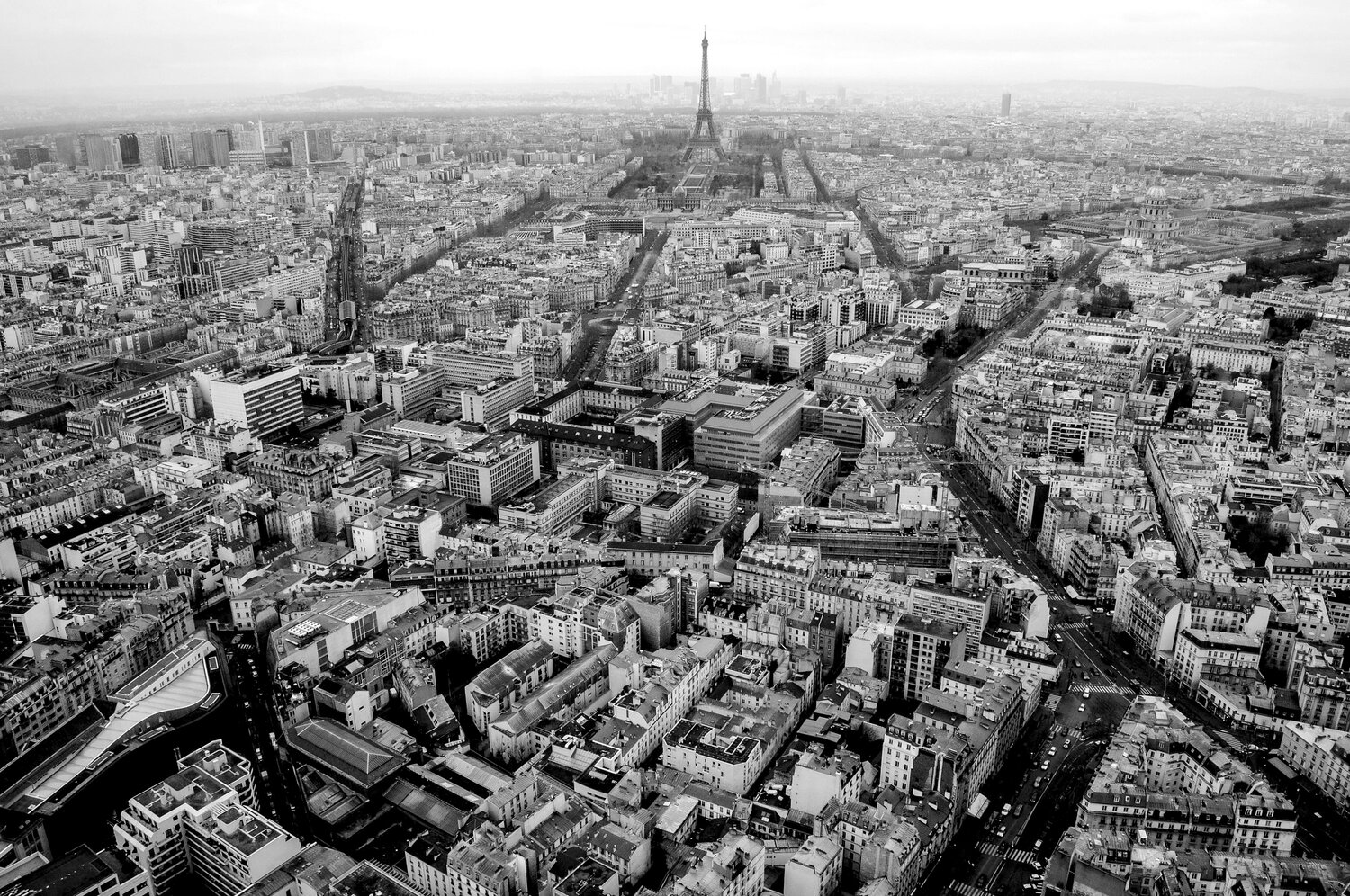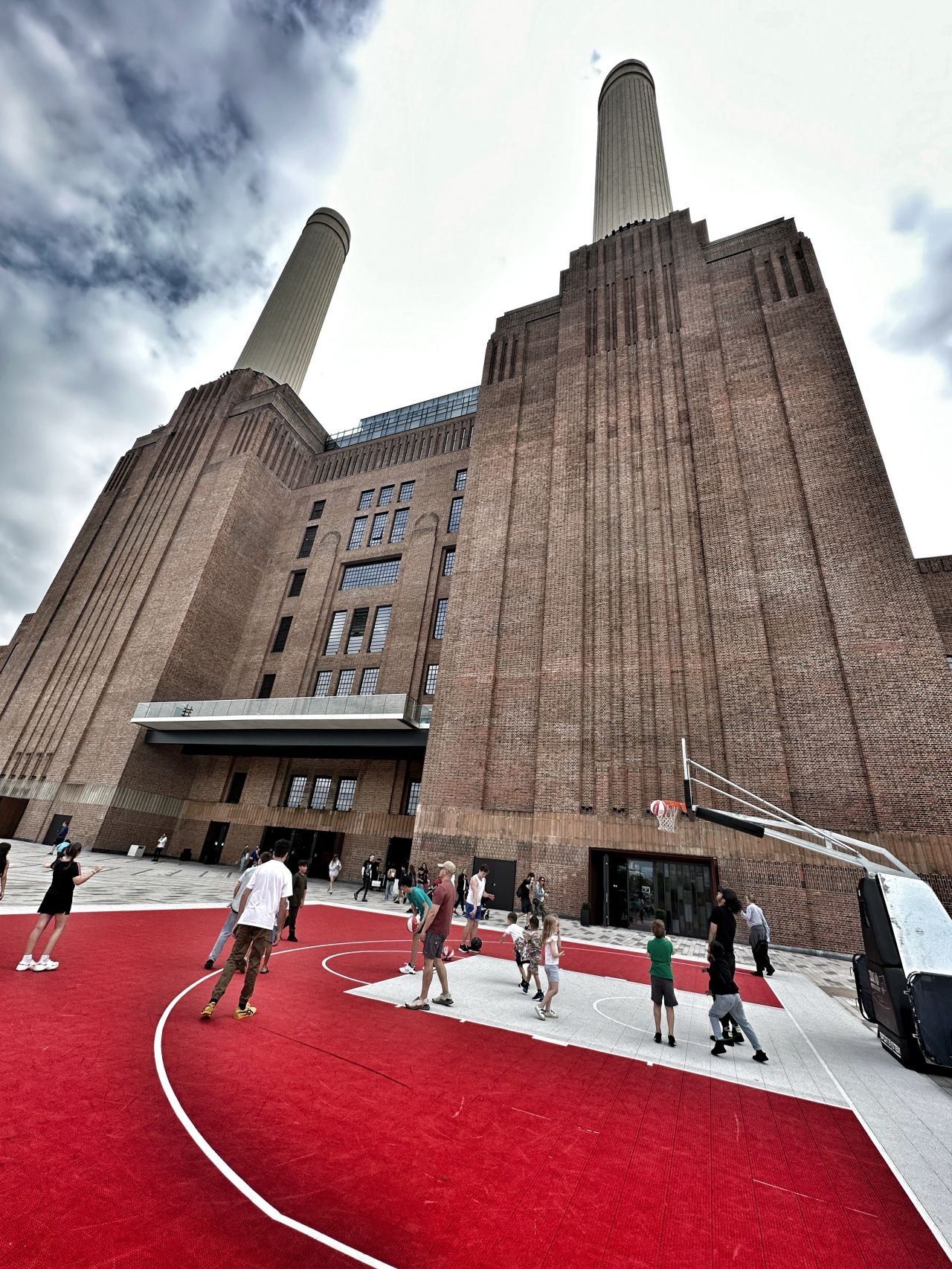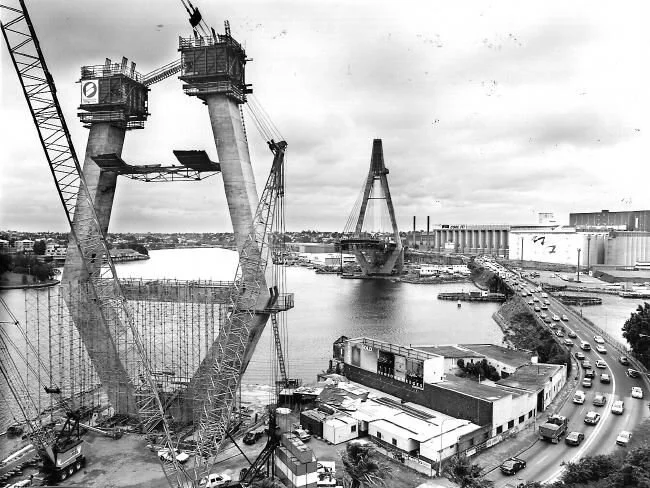London is experiencing a major housing shortage and the development debate is once again on the political agenda.
Contemporary political conversations tend to avoid reflections on the past and in doing so, decisions today don't necessarily consider important historical lessons.
Often criticised for being ugly, isolating, anti-social confines, the following is a reminder of - not what London’s housing estates did wrong - but what its they did right.
So, with that said, here's a few thoughts on what the London estate is...
Real,
London, on the surface, is not a beautiful city. Its physical form is overwhelming and harsh - but it is real.
The city’s long and interesting history has left the city's urban landscape with deep scars and ugly mistakes. Rather than in it's physical form, I would argue that London's beauty exists within its diverse population and complex social networks.
Just like the city itself, housing estates may appear overbearing, but beneath the surface are places of charm, intrigue, beauty and opportunity. Often associated with crime and inequality, it’s well-understood that inner city housing estates offer social cohesion and geographic opportunities other forms of housing can not.
...beautiful,
London’s housing estates represent housing in its most simplistic form. The tall blocks stretch elegantly into London’s grey skies and offer a symmetry and formality that seldom exists in nature.
In a time of competitive Starchitecture and expensive design consultants, perhaps we've forgotten that the most beautiful aspect of a building is performing a very basic function - and doing it well.
...dense,
50% of the world’s population now live in cities. As the number of humans on this planet continues to soar, we place immense pressure on our nature environment.
Urban sprawl, energy consumption and traffic congestion are three of the greatest challenges facing our cities today. However, politicians, planners and architects are quickly facing up to these challenges by finding ways to make cities denser, buildings cleaner and finally curb society’s addiction to the automobile.
Creating change doesn't necessarily require radical new thinking. In many cases, it’s simply understandingwhat does and does not lead to desirable outcomes. In particular, we need to understand how to couple economic growth with environmental sustainability.
By concentrating people into centrally located locations, London’s dense estates don't only lower travel distances and reliance on cars, but through economies of scale, they also enable governments the ability to retrofit neighbourhoods of the future to create a less energy intensive future with the development of local power generation andfood production.
...social,
Humans are social. We’ve evolved and survived by forming groups, networks and learning from one another. Despite the fact that we now live in world of ultra-fast online communication, the need for physical, social interaction remains vital.
The growth of informal urban settlements across the global south epitomises such need for this interaction. Despite the efforts of large-scale rehousing programmes which aim to place ‘slum’ residents in suburban housing, it’s become increasingly clear that dense residential housing with good permeability is vital to the maintenance of employment and social networks.
In the ‘developed’ world, we've seen predictions of people plugging in and out of the online world from their out-of-town place of residence. In reality, we're probably more social than ever. As a result of the desire to be near other people for work or, simple social interaction, high density downtown land has become more valuable than ever before.
What the London Estate offers is a mix of tenures, for a mix of people, all within a small amount of space. The result of this is social diversity and interaction.
...a home.
Most importantly, dense, inner-city housing estates form people's communities and homes. With property prices, inequality and homelessness all on the rise, perhaps its time this city did some self-reflection... Those horrible old estates might not have been such a bad idea after all.
All photos by Tom Oliver Payne.















